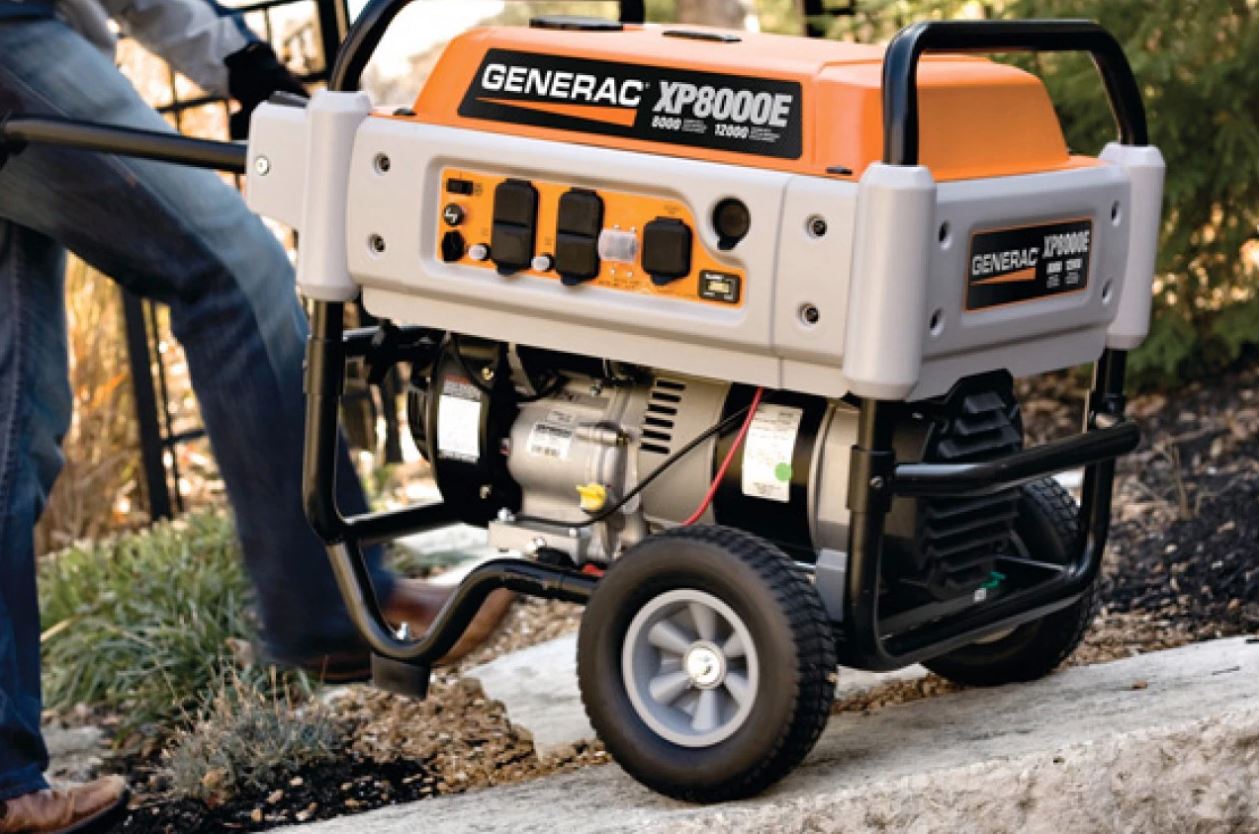Generator Safety Benefits All
Published
by Bob Hance on Monday, April 6, 2020
in
Community

Remember Y2K? People across all industries were braced for the possibility of massive computer failures as we approached the year 2000 because many programs represented four-digit years with only the final two digits – making the year 2000 indistinguishable from 1900.
There was much concern in our industry about potential impact on the highly-complex electric grid, and how generation, transmission and distribution systems would respond. Retailers couldn’t keep generators in stock because of the fear of massive power failures.
Most of the generators remained in their boxes as people ushered in the new century without as much as a blink. Fortunately, generators are a good investment as power outages always will be a reality, just more on Mother Nature’s schedule and less on the turning of the calendar.
As we enter the spring storm season, it’s a good time to talk about generator safety because there are some inherent dangers that you might not even realize.
Backfeed is the flow of electrical energy in the reverse direction from its normal flow, and a very dangerous and potentially deadly situation for lineworkers. In a power outage situation, if an improperly installed generator is fired up, power may travel back through the utility lines and re-energize them.
Our line crews take necessary precautions before they work on power outages, verifying a circuit is de-energized, and ensuring that proper switches are opened and tagged to isolate the circuit from the system. They also ground the circuit to make sure the line cannot be energized while work is being done.
But even after these measures, their lives remain in your hands.
Of course, no one would ever purposely cause the death of a lineworker. Nevertheless, a generator connected to a home’s wiring or plugged into a regular household outlet can cause backfeeding along power lines and electrocute anyone who comes in contact—even if the line seems dead.
Our responsibility for your service ends at the meter, so we don’t know if you have a generator in place or if it was installed to the specifications of the National Electric Code. So what can you do to keep lineworkers safe?
Find a qualified technician to install a transfer switch.
This simple device ensures your household wiring, or selected circuits supplied by the generator, can’t be connected to the power grid and the generator at the same time. It also protects your generator from damage if the power is restored while it’s connected.
We’re not the only ones at risk when a back-up generator is used improperly. Household members may be at risk of electrocution, fire injury, property damage, or carbon monoxide poisoning if they do not follow the necessary precautions. A transfer switch is a simple way to protect your family and ours during outages and other emergency situations. We all benefit when we work together for everyone’s safety.